What is "Experiential" consumption?
"Experiential" consumption is a consumption behavior that emphasizes experiences that come with the products or service rather than the purchase of the products and services themselves.
The Ministry of Economy, Trade and Industry defines it as the following.
"'Experiential' consumption is a consumption activity that does not involve the purchase and use of a product or the enjoyment of a single functional service, but rather a ‘series of experiences’ that are the sum of individual events."
Source: Summary of the study group on creating "experiential" consumption atmosphere, Regional Economy and Industry Group, Ministry of Economy, Trade and Industry
Here are some concrete examples.
・Enjoying playing musical instruments and watching live music rather than singing at karaoke parlors
・Buying materials for DIY room decorations instead of buying ready-made home decorations
・Using a kimono rental service so you can explore the streets of Kyoto in a kimono
From an era of "Material consumption" in which value was placed on scarce luxury brand goods, the emphasis has shifted to experiences obtained through products and services.
■Background of the "Experiential" consumption craze
One of the reasons for the popularity of "Experiential" consumption is the advent of an era where people were freed from the need of owning so many things. From the postwar period, when food was scarce, through the period of rapid economic growth, to the Heisei (1989-April 2019) and Reiwa (May 2019-present) eras, the world has become overflowing with goods.
With the popularization of fast fashion, people are able to enjoy fashion without spending a lot of money, and subscription services for luxury cars, cameras, watches, and jewelry are also on the rise. For example, " KIRA SHARE" allows you to rent jewelry of your choice for as little as JPY 2,780 per month.
Many things have become easily accessible without having to go to the trouble of owning luxury brand products.
Analysis by the Consumer Affairs Agency also revealed that young people in their 20s and early 30s have become more reluctant to spend. With wage increases unlikely due to prolonged deflation, it is thought that thrifty young people place less value on ownership and more value on the experiences that lie beyond it.
7 types of "Experiential" consumption
"Experiential" consumption can be subdivided into the following seven types.
| Consumption types | Characteristics |
| “Pure experience” type | Enjoying the experience itself, such as staying at the hotel accommodations, camping, skiing and BBQ |
| “Event” type | Going to a commercial establishment to attend an event to see a celebrity in person, and shopping, eating, and drinking along the way. |
| “Attraction facility type | Going to a movie theater or museum, but also enjoying shopping and eating/drinking at the commercial facility attached to the theater or museum. |
| “Long stay” type | Shopping and eating/drinking while spending time at facilities such as outlet malls for extended periods of time. |
| “Community” type | Gathering information from the community and making purchases. E.g. Joining an online road bike group and purchasing equipment based on the information you gather there. |
| “Lifestyle” type | Purchasing with your lifestyle in mind. E.g. Buy a set of necessary equipment for a weekend of solo camping. |
| “Exciting shopping” type | Enjoying the store layout and presentation of the products and making the shopping experience exciting. |
Reference: Tetsuya Kawakami, The lie behind "experiential" consumption, Kadokawa Publishing, 2017 https://www.kadokawa.co.jp/product/321708000027/
“Event,” “attraction,” “stay time,” and “community” consumption types all have one thing in common: they all have a purpose outside of simply purchasing goods/services. It is clear that they give priority to experiences such as events and attractions, and that they consume goods as an addition.
Although the "lifestyle" and "exciting shopping" types have a strong aspect of Material consumption, they also devise ways to present and suggest products as ways to offer "Experiential" consumption.
By combining "Experiential" consumption with "Material" consumption in this way, it is possible to encourage purchases in a synergistic way.

Comparison of consumption styles and examples
New consumer behavior is not limited to "Experiential" consumption. From "Moment" consumption to "Emotional" consumption, "Human" consumption, and "Emotional' consumption, there are new consumption behaviors forming one after the another, focused on "Generation Z ."
Each consumption behavior is not clearly divided. For example, there is some overlap between "Moment,” "Emotional,” and "Human" consumption.
| Consumption style | Characteristics | Era it was popularized |
| “Material” consumption | Emphasizing scarce brand-name products | 1970s~ |
| “Experiential” consumption | Focusing on experiences gained through products and services | Late 1980s~ |
| “Moment” consumption | Contributes to one-time experiences through consumption | Late 2000s~ |
| “Meaning” consumption | Selecting products and services that contribute to society | Early 2010s~ |
| “Emotional” consumption | Focusing emotionally-fulfilling consumption experiences | Late 2010s~ |
| “Human” consumption | Focus on consumption experiences related to people you like | Early 2020s~ |
(*The time period is not strictly defined, so the general time is listed)
■"Moment" consumption
"Moment" consumption is a consumption behavior of participating in an experience that can only be experienced at that moment and contributes in some way. Hakuhodo Institute of Life and Living proposed this concept.
Unlike "Material" consumption and "Experiential" consumption that you can experience multiple times, they find value in participating in something that can only be experienced once in a lifetime.
| "Moment" consumption 3 characteristics | |
|---|---|
| Unrepeatability | Time and place are limited, and the same experience can never be had twice. |
| Participation | Where the purpose is to be there and participate rather than content of the experience |
| Contribution | The results from participation are visible, and you can feel a sense of contribution |
Source: "experiential" consumption does not sufficiently explain it. What is "moment" consumption proposed by Hakuhodo Institute of Life and Living?|-HAKUHODO-
https://www.hakuhodo.co.jp/magazine/42742/
・Supporting an idol group until they successfully have a chance to perform at Tokyo Dome
・Watching and rooting for the Japanese national team in the World Cup from a sports bar
・Participating in crowdfunding to support an artist's solo exhibition
For example, there is only one “first performance” at Tokyo Dome for an idol group after their debut. The fans not only listen to the music, but also contribute through purchasing concert tickets and goods, and share the excitement of their dream come true with other fans.
It is similar to participating in a festival that is held one time only and can be considered an experiential consumption behavior that goes one step beyond "Experiential" consumption.
■“Meaning” consumption
"Meaning" consumption is a consumption behavior that emphasizes the social and cultural meaning of a product or service. It places importance on the secondary value created by purchasing the product or service. Hot Pepper Gourmet Research Institute Evangelist Kuni Takeda proposed this concept.
"Meaning" consumption is believed to have been born in the wake of the Great East Japan Earthquake of 2011. Much of consumption behavior was geared toward supporting the reconstruction of the affected areas by sending daily necessities and purchasing local products and services to support their economy.
The following consumption behaviors also apply.
・Buying fair trade chocolates
・Buying environmentally-friendly products that help reduce greenhouse gas emissions
・Participating in the hometown tax program (contributing your tax to a less-major prefecture of your choice) to support the local, more rural, communities
・Purchasing pesticide-free vegetables and organic foods for health
There is also individual-oriented "Meaning" consumption, such as buying foods that not only contribute indirectly to society through consumption behavior but also lead to the health benefits.
■“Emotional” consumption
"Emotional" consumption is a consumption behavior for emotional or mental satisfaction. It was proposed by columnist Kazuhisa Arakawa.
Young Japanese people often use "emo," a slang term derived from "emotional," to mean "emotionally satisfied or moved."
The popularity of "Emotional" consumption comes from the increase in the number of single-person households. It can be said to be a consumption behavior that helps fulfill a social role and belong to a momentary community in order to satisfy the solitude from living alone or loneliness in general. A "momentary community" is a temporary connection made through likes and comments with people who share the same interests and attributes on a social media.
Reference: Moving from "material" and "experiential" consumption to the next stage|BBT
http://www.bbt757.com/servlet/content/41590.html
・Cycling to a places with a spectacular view and posting a photo on Instagram
・Going to your favorite online streamer and posting about it on Twitter
・Taking pictures with a film camera, which takes time and effort to develop
Purchasing gasoline, food and beverages to get to the scenic spot is a means to an end, and the goal is to gratify the heart with an "emotional" experience.

■“Human” consumption
The term "human" here includes not only real people such as celebrities, artists, YouTubers, and athletes, but also fictional characters from anime, manga, and video games.
In 2020, when COVID-19 forced the restrictions on events and community gatherings, fans began going online to show their support for their favorite “humans.”
・Donating to or social tipping YouTubers during livestreams
・Purchasing a large number of tickets for a general election of an idol group (a system where the idols with the most “votes” are features in songs, etc.)
・Supporting new idols who were discovered on audition programs by purchasing their goods/merch
・Going to an anime character event expo and posting limited-edition goods on social media
Supporting idols and characters is also a type of "Human" consumption, and young people are actively supporting their favorite person (idols, artists, characters, etc.).
Use "Dockpit" for marketing to Generation Z
Consumption behavior will continue to change. Driving this change are young people in their teens and twenties, the so-called "Generation Z."
They skillfully navigate social media and continue to consume one fad after another. Timely data analysis on the Internet is essential to understanding their consumption behavior and apply it to marketing.
VALUES Inc., which operates "Manamina," also develops Dockpit, a marketing tool that enables analysis of big data on consumer behavior.
■Feature 1: Consumer needs / Recognizing trends
Dockpit enables you to understand consumer needs and trends based on search keywords and website browsing data. With easy-to-use, at-a-glance dashboards, you can analyze the web behavior of your target audience. By narrowing down your target demographics, such as age and household income, you will be able to appeal to the groups you wish to target.
■Feature 2: Competitive research and understanding of market trends
Dockpit allows you to catch competitive activity and market changes in a timely manner. The data comes from VALUES Inc.'s consumer panel of 2.5 million consumers in Japan.
Accurate marketing strategies are realized through competitive research and understanding of market trends based on big data.
■Feature 3: Linked to Google Analytics
Data from Google Analytics can also be linked and displayed in easy-to-understand graphs. Data analysis can be managed centrally, so there is no need to switch between the two.
With these features, Dockpit allows you to analyze the online behavior of Generation Z and, by extension, their consumption behavior. An intuitive dashboard will help you identify trends and apply them to your daily marketing activities.
Summary
In this issue, we explained "Moment" Consumption, "Emotional" consumption, "Human" consumption, and "Meaning" consumption, with a focus on "Experiential" consumption. Consumption behavior that emphasizes aspects such as experience, support, and social contribution, rather than mere Material consumption, is emerging.
Since consumption behavior will continue to change with each age group, marketing strategies are required to understand "the up-and-coming consumption styles" and to anticipate trends.
In order to appeal to Generation Z, who make full use of social media, it is important to unravel the needs behind trending keywords.
Marketers who want to know the consumer psychology behind Generation Z, analyze data in a timely manner, and select the right advertising targets are recommended to use Dockpit, which enables detailed analysis of user needs.
About Dockpit
▼Dockpit allows you to easily perform keyword analysis and trend research within the browser, using behavioral data updated monthly. A free version is also available, so if you are interested, please register below.
※日本語での記事はこちらをご確認ください

コト消費からトキ消費、イミ消費、エモ消費。歴代消費行動の比較・まとめ
https://manamina.valuesccg.com/articles/2179私たちが商品・サービスを購入することを消費行動と言います。消費行動は時代とともに変化し続けてきました。モノ消費からコト消費、トキ消費、イミ消費、エモ消費、ヒト消費と移ろう消費行動を知っているでしょうか。今回は、コト消費を中心に、イミ消費やヒト消費など、各消費スタイルの違いや具体例について解説します。
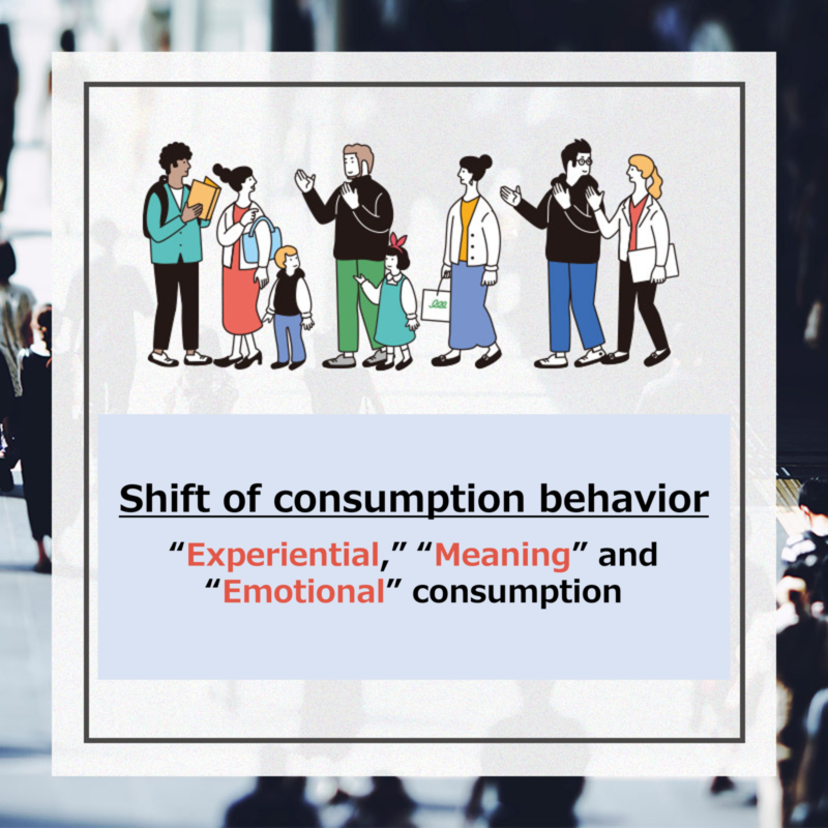

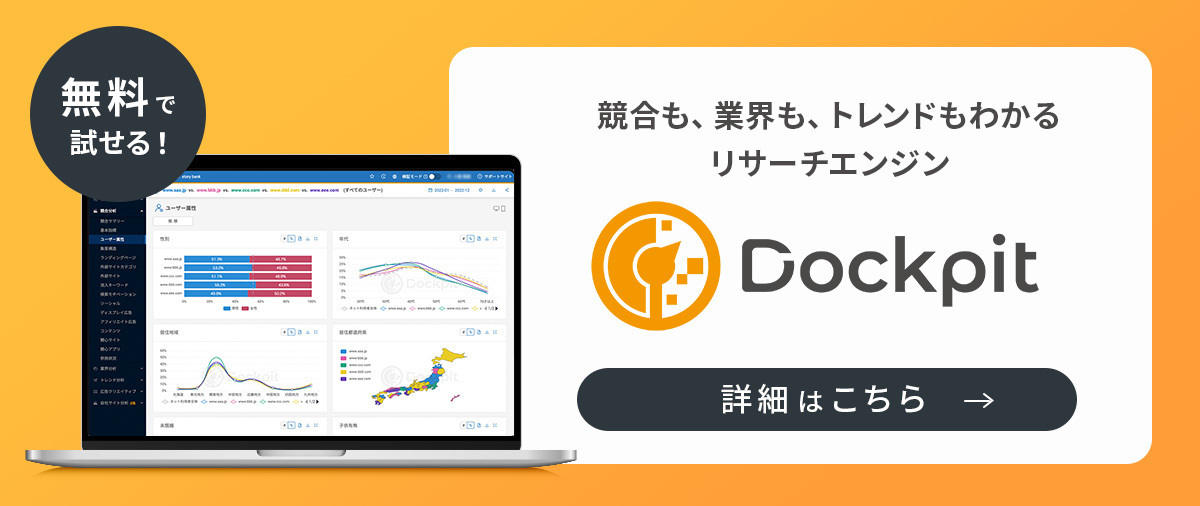
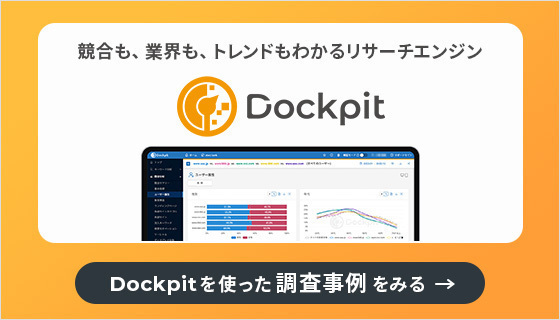

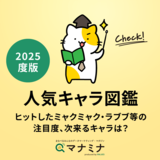

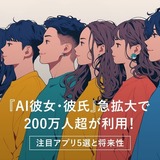
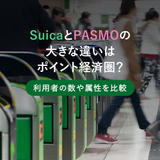


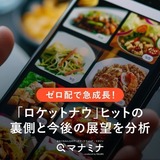
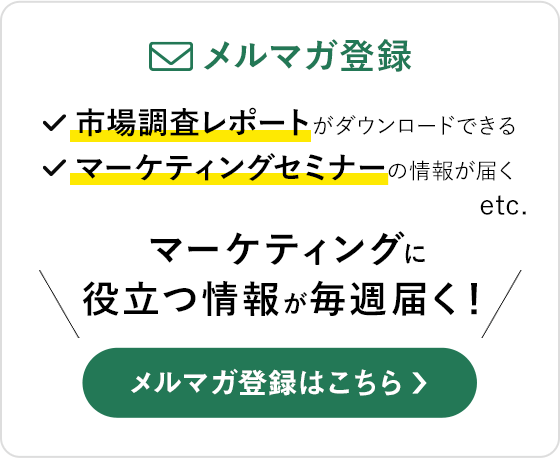







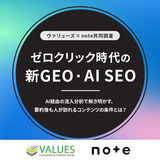
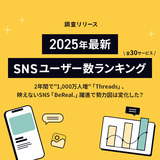
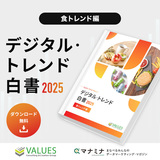


マナミナは" まなべるみんなのデータマーケティング・マガジン "。
市場の動向や消費者の気持ちをデータを調査して伝えます。
編集部は、メディア出身者やデータ分析プロジェクト経験者、マーケティングコンサルタント、広告代理店出身者まで、様々なバックグラウンドのメンバーが集まりました。イメージは「仲の良いパートナー会社の人」。難しいことも簡単に、「みんながまなべる」メディアをめざして、日々情報を発信しています。